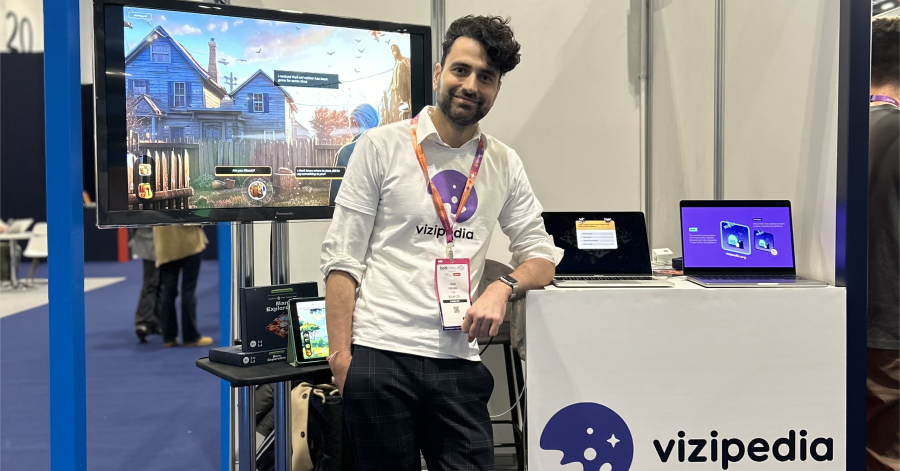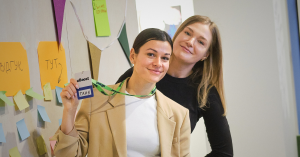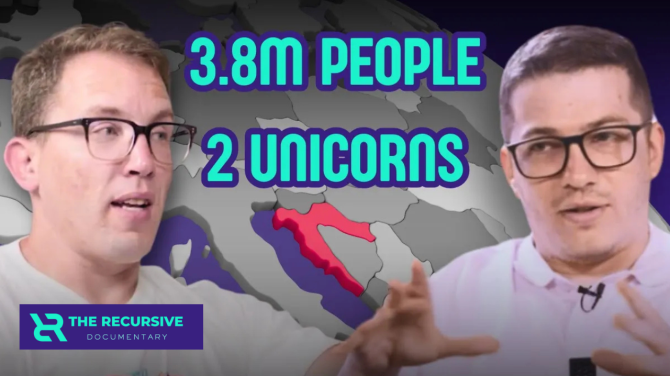Artificial intelligence has advanced so quickly that tasks once reserved for academics and professionals are now routine for machines. In fact, recent reports note that large language models (LLMs) are achieving PhD-level performance across many domains, from writing essays and summarizing research to drafting legal contracts and even diagnosing illnesses. Machines can generate polished prose, synthesize complex ideas and answer questions in real time, often faster and more consistently than humans.
As one analysis puts it, AI “can make fine-grained inferences and connections long thought to require unique human insight. In short, AI is already “authoring essays, composing music, drafting legal contracts and diagnosing illnesses…at breathtaking speed”venturebeat.com. This leap forces a hard question: if machines can handle writing and analysis, what roles should students and teachers focus on?
Where Humans Still Have the Edge
Educational thinkers are now highlighting the skills where humans outperform AI. Researchers observe that machines excel at logic puzzles, factual recall and pattern-matching – but they still “stumble at tasks we consider second nature”. According to Moravec’s Paradox, for example, the very tasks that seem hard for people (like complex calculations) are easy for computers, while the converse is true for intuitive, sensorimotor abilities. Humans uniquely shine in empathy, creativity, ethical reasoning, emotional connection and higher-level meaning. As one analysis puts it, “the work of humans in the not-too-distant future will increasingly demand” those “uniquely human strengths”.
International organizations agree. UNESCO argues that we must add “empathy, creativity and critical thinking” to the traditional pillars of education (reading, writing, arithmetic) because AI is taking over routine tasks. In other words, the question is not whether to teach AI skills, but which human skills to teach AI to support.
For example, critical thinking can help students question AI outputs; creative thinking lets students invent new solutions that a machine alone wouldn’t devise; and systems thinking helps learners see the big picture (how pieces fit into a whole) – a skill AI still lacks. In the corporate world, experts note that “the value of distinctly human capabilities skyrockets” as AI takes over repetitive work. “Emotional intelligence, critical thinking…creativity” are described not as “soft” extras but as survival skills in an AI-integrated world. In short, we must intentionally nurture those human strengths that complement AI, or risk students losing ground.
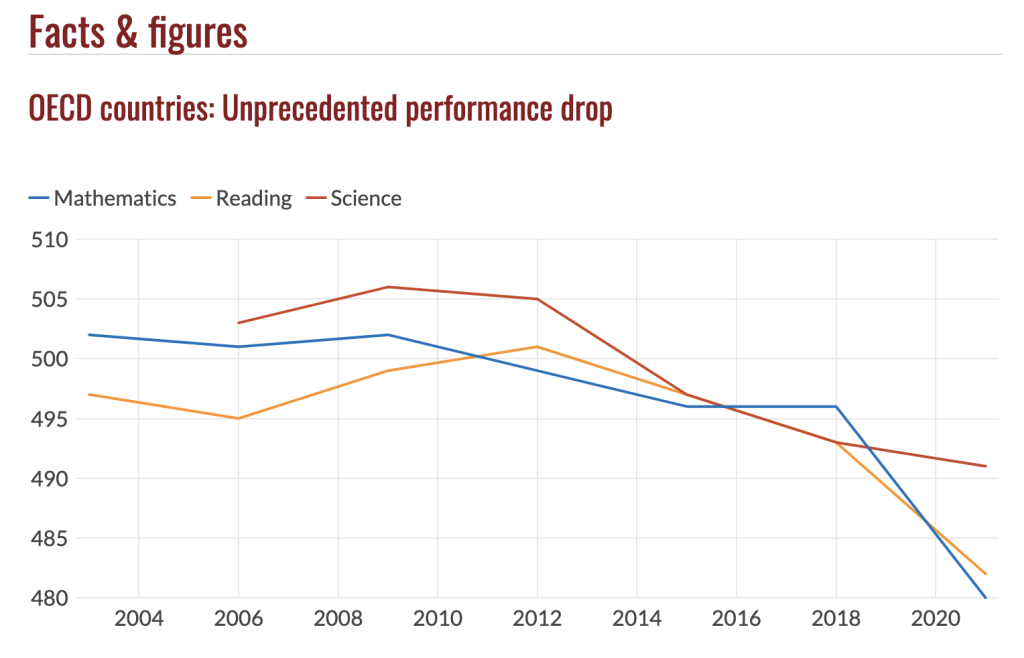
Redesigning School for New Skills
Given this shift, many educators argue that schooling itself must change. Traditional curricula – where students memorize facts and write essays on demand – are suddenly less relevant. Instead, schools should cultivate metacognitive and interpersonal skills: the ability to frame problems, collaborate, adapt and innovate. Some experts suggest that teachers will become more like “learning experience designers” or facilitators than lecturers.
If AI can automate grading and even some lesson-planning, educators can focus on mentoring students through projects, discussions and creative work. One recent proposal is for classrooms to look more like labs or studios: students tackling real challenges with guidance from a teacher. In such a model, learning is student-driven and outcome-oriented.
This means embedding methodologies such as project-based and game-based learning in the curriculum.
Project-based learning (PBL) puts students on teams to solve open-ended problems – for instance, designing a model city in a virtual simulation.
Game-based learning turns study into interactive play. Both approaches naturally train the high-level skills AI lacks. As one education futurist notes, future teachers will “curate project-based learning modules…to foster creativity, ethical reasoning, emotional intelligence and curiosity – skills that machines cannot replicate yet” (thelearningcounsel.com).
These methods allow students to work on higher-order tasks (creating, analyzing, evaluating), rather than just memorizing information. In Bloom’s Taxonomy of learning, creating games or running a project sits near the top of the hierarchy – far above simple recall or comprehension. By letting students make things (projects, prototypes, games, models), schools help them “ascend Bloom’s taxonomy faster and more effectively,” mastering analysis and creativity.
Games and play have been shown to powerfully accelerate learning. Research finds that game-based learning significantly boosts cognitive and social outcomes. For example, a recent meta-analysis in Frontiers in Psychology concluded that educational games have a “moderate to large effect on cognitive, social, emotional, motivation, and engagement outcomes.”. Puzzle and counting games help develop spatial reasoning, memory and attention. In one study, children using puzzle games showed improved problem-solving and concentration (e.g. memory matching games improved attention span). Importantly, games also build a “problem-solving mindset.” When a child uses an abacus or jigsaw puzzle, they’re not just having fun – they’re practicing analysis and logical thinking in an experiential way. This aligns with Bloom’s higher levels: a learner actively applies concepts and deduces solutions, rather than passively receiving facts.
Complex games like chess, strategy simulations or even sandbox video games take this further. These games require players to plan ahead, adapt to new situations, and see the whole board – classic systems thinking and creative problem solving. In one analogy, strategy games allow a child to “practice in sandboxed environments” that mirror the real world but carry no real-world risk. Students experiment, test ideas and learn from failure (falling short in a game) without consequences. This kind of safe experimentation is rare in traditional classrooms, but it’s what industry and educators increasingly value. In fact, a recent industry-education report notes that project-based learning in general “bridges theory and practice, equipping [students] with durable skills and real-world problem-solving experience”
In a game or project setting, students must juggle multiple constraints (time, resources, team roles), which builds the very transferable skills employers want. AI can score points or crunch numbers, but it cannot itself learn to reflect on strategy or pivot creatively when the unexpected happens. Humans must practice those skills, and games are a powerful training ground.
Games also excel at fostering social and emotional learning. Multiplayer games – whether tabletop like Scrabble or digital – immerse students in communication and collaboration. They learn to negotiate, share resources and read others’ intentions in order to win. For example, educational games that include role-play scenarios have been shown to develop empathy and perspective-taking, as players must imagine and respond to characters’ feelings.
Studies in early childhood education find that children playing games often improve their social skills like cooperation and turn-taking: one report notes that online games “provide children with opportunities to interact with peers and develop important social skills such as cooperation, communication and empathy”. Even sensorimotor engagement counts: games that require physical movement (like building blocks or interactive AR games) help kinesthetic learners stay involved and can reinforce learning by doing.
Altogether, game-based approaches make learning active, social and fun, which increases engagement and motivation. Indeed, learners tend to remember content better when it is embedded in play – as Vizipedia puts it, its platform helps students “learn faster through AI-supported consumption and creation”, because the fun of a game locks in attention and memory.
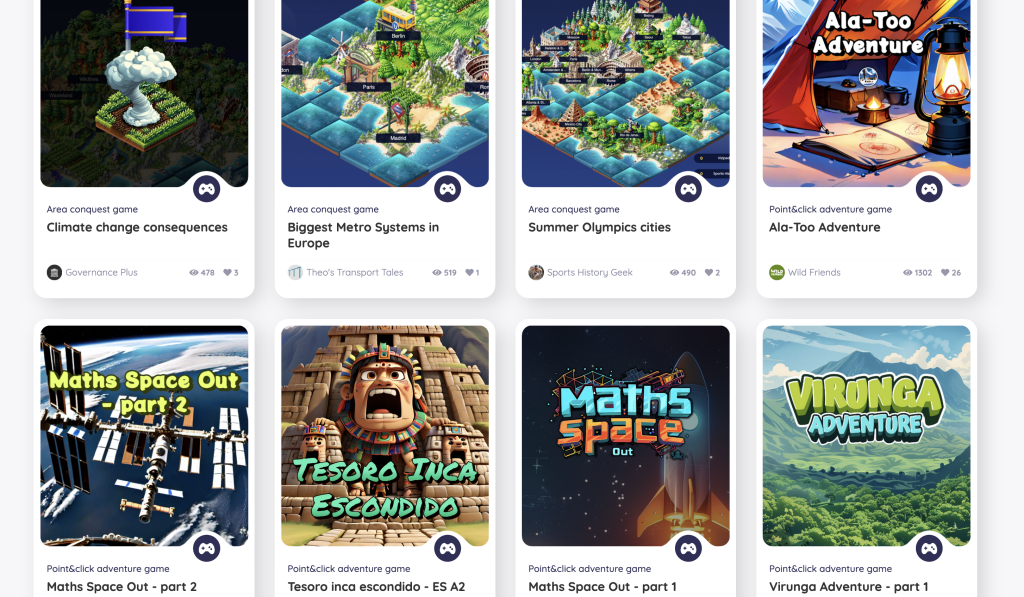
Vizipedia: A Case Study in Game-Based Learning
Vizipedia, a Sofia-based edtech startup building on these ideas. Vizipedia describes itself as “a hub for educational games creation and distribution,” designed to let students “acquire knowledge faster and keep it longer”. Its platform hosts engaging interactive learning tools across various subjects (science, math, history, etc.). On its website, Vizipedia emphasizes hands-on learning – it even announced a new AI-powered editor so that anyone can “create their own educational games …without any design or programming skills”linkedin.com.
In short, the startup treats students as creators: instead of passively watching videos or reading, learners actively build games. This approach pushes students into the “create” level of Bloom’s taxonomy (the highest order), where they must generate content, evaluate design choices and iterate on solutions. Vizipedia also embodies the idea of sandbox learning: students can explore open virtual environments without fear of failure, paralleling the educational “sandbox” concept that lets learners experiment in risk-free, authentic contexts.
Importantly, Vizipedia is not confined to Bulgaria. It has been selected as an “impact startup” at international edtech events (for example, exhibiting at the Web Summit in Qatar), and the company reports upcoming pilot programs in schools across Asia, Western Europe, South America and the Middle East. These broad trials reflect a global push: educators everywhere are looking for ways to engage digital-native learners. If Vizipedia’s model proves successful, it could be a harbinger of a larger shift – one where game development and interactive media become as fundamental in schools as textbooks once were.
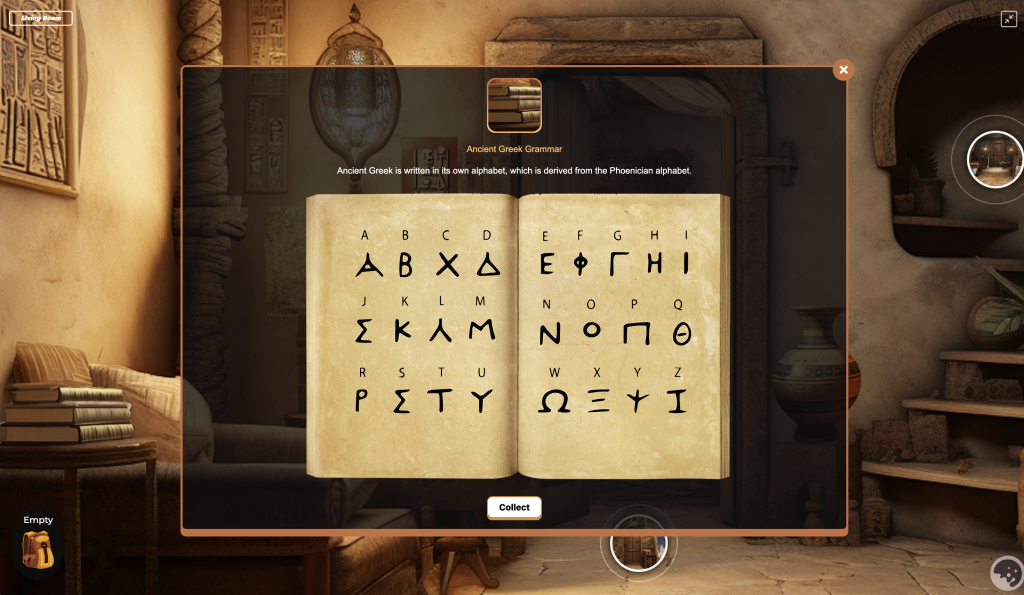
Upskilling Today’s Workforce
The same pedagogical transformation will aid adults as well. Many current jobs are already being disrupted by AI (for example, routine data analysis, basic coding, even some diagnostic roles). Workers in those jobs will need to upskill – often quickly – to stay relevant. Surveys of industry leaders emphasize this urgency. One training firm reports that 94% of executives say reskilling their workforce is essential, and they expect half of all employees to need upskilling by 2027.
Traditional corporate training (long courses and lectures) can’t keep up with this pace. Instead, companies are beginning to borrow from the schools of the future: they are using microlearning modules, simulations and even full games to teach new skills in weeks instead of months. A recent article on corporate L&D calls game-based training “revolutionary” in preparing a “future-ready workforce” – noting that interactive games and gamification enhance employee engagement and skill acquisition.
Project-based learning is finding its way into the workplace too. For instance, businesses are partnering with universities to give learners real client projects to solve – essentially putting students in workplace “internships” without the cost and complexity. The Business–Higher Education Forum reports that employers increasingly value PBL as a talent pipeline: nearly half of business leaders view it as important for career readiness. In these programs, workers tackle actual business problems (say, optimizing a supply chain or analyzing customer data) under mentorship. As one analysis concludes, project-based models are “scalable” and cost-effective compared to traditional internships. Crucially, such projects build the durable skills employers want: problem-solving, critical thinking, teamwork and adaptability. These initiatives treat learning outcomes as paramount: not how many pages are written or what tasks are completed, but whether the learner can apply knowledge to a real challenge.
Shifting to Outcomes Over Outputs
All of these points toward a broader mindset change in education and employment. In an AI-driven world, simply producing outputs (essays, reports, coding scripts) is less valuable, since AI can generate many outputs instantly. Instead, what matters are outcomes – the real-world impact and understanding behind the work. Schools and companies alike must start asking: What lasting skill or insight does the learner gain? For example, did a student who used AI to write a report actually learn research skills or critical thinking? The new emphasis is on interactive, outcome-driven learning and impact, not rote completion of assignments.
This is why the up-front investment in gameful, project-based education is so important. When a student creates a game or an employee solves a real problem, they’re not just ticking off a checklist – they’re demonstrating understanding, creativity and resilience. These are the very qualities that machines cannot replicate. By reimagining classrooms as interactive, collaborative spaces (physical or virtual), and by treating every project as a potential learning experience, educators and employers can help humans migrate to the new cognitive “terrain” where they add unique value. In short, as AI handles more of the how of learning, humans must double down on the why and what for.
The AI revolution is transforming education, but not making it obsolete – it’s making it different. The institutions and companies that adapt will emphasize critical thinking, creativity, empathy and systems understanding. As Vizipedia’s example shows, tools that combine AI with interactive game creation can accelerate this shift. Ultimately, education for the AI age means teaching students how to learn and innovate, not just what to remember – a shift from output-oriented work to outcome-driven impact.

